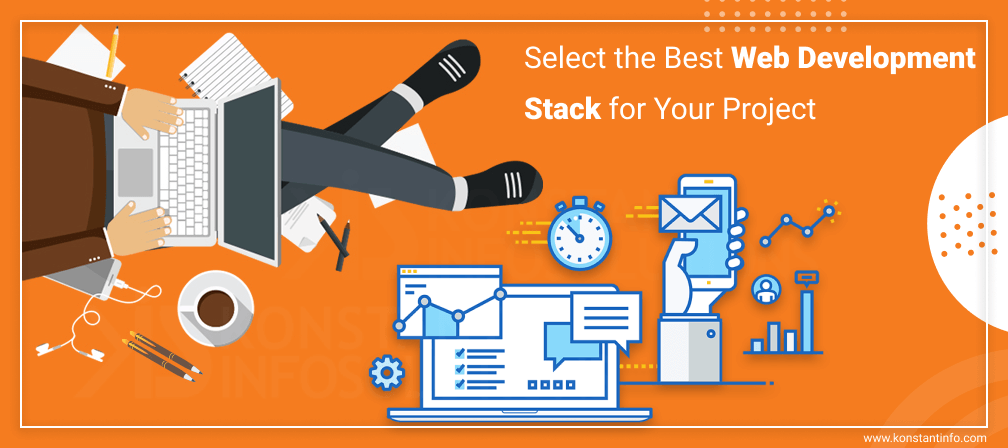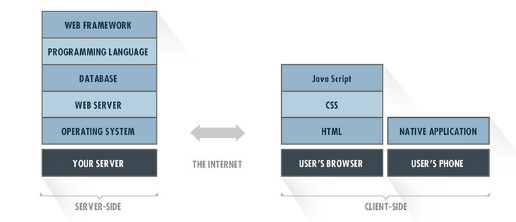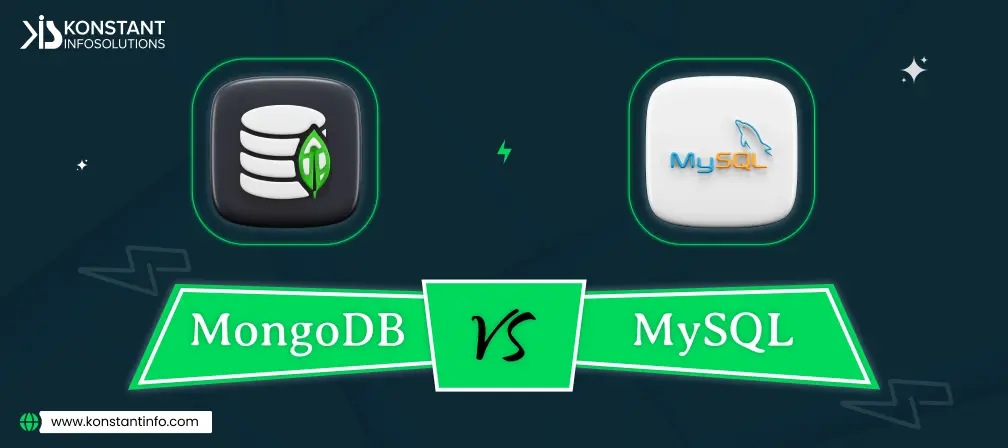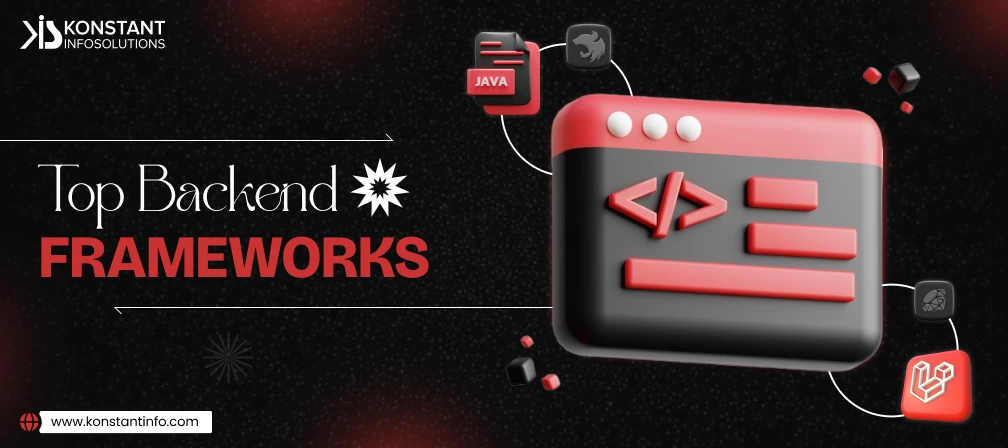
Table of Contents
A Web development Stack quickly summarizes the programming language, the application programming interface, the back-end, the front end, the frameworks, the database, the hosting server, the payment gateway to be used in that project. It indicates the overall application’s strengths and weaknesses.
A technology stack can also be called a solutions stack and technology infrastructures or a data ecosystem, listing out a couple of technology services used to build and run on a single web or mobile application. Most of the top tech companies require their developers to have a strong knowledge of data structures and algorithms to abide by each level of the technology stack.
The professional website/app LinkedIn is composed of a combination of coding frameworks and languages including:
The social connectivity website/app Facebook is composed of a combination of coding frameworks and languages including JavaScript, HTML, CSS, PHP, and ReactJS.
Slack combines Java, MySQL, JavaScript, Apache HTTP, PHP, React
Instagram combines: JavaScript, React, PostgreSQL, Nginx, Django, GraphQL, Redux.js
Java, MySQL, Node.JS, Flask, Hadoop, Dynomite, Amazon RDS
Uber is a combination of Java, React, Node.js, Nginx, MongoDB, Python, Backbone.js
YouTube is a combination of Python, Apache HTTP, MySQL, Linux, HTML5, Amazon EC2, Psyco
Web Technology stacks communicate a lot of information about the application being built. Most of the coding languages have well-known performance attributes and limitations, the tech stack portrays the exact interface required with the application.
The tech stack for any web/mobile application impacts the speed, the timeline of development, and the ability to scale the project up in the future. It helps saving time and effort in finding the perfect technologies for your mobile/web project.
If we have a software service built on PHP, the subsequent codebase is going to be extensive, large and difficult to load. Tech Stacks are particularly helpful in hiring developers. The applicants cannot perform in the interview unless they are familiar with the framework and languages within the tech stack.
Technology Stacks differ with companies and subsequent projects. Teams have to decide upon which technologies they have to use and then build upon a core coding language, add some tools and services to make it function as they go. As soon as we come across an idea it is converted into a Minimal Viable Product (MVP), decide what is to be the front-end, the back-end, and the database – according to the size of the project, the business industry, the demand in the market, the client’s requirements, and the availability of the technical documentation. The resulting bundle of services is called a stack as each additional service builds upon those beneath it, which allows developers to customize their applications.
Applications have two components: Server-side and Client-side

This diagram shows the major building blocks of a typical technology stack. Each layer of the application is built upon the features of the one below it.
Non-technical founders find it easy to rely upon the nearest developer and rely upon their advice while selecting a technology stack for their project. But strangely, developers might get obsessed while using certain tools and may be biased at the time of selection. Therefore, the judgment of technology must be purely done on technical merits rather than business needs.
Developers need to adapt themselves with the technology used in the stack, having sufficient skill-set required to drive the app based on chosen server-side programming language like PHP, .Net, Ruby, Python, Java, Go and the corresponding client-side programming language like JavaScript, HTML, CSS, Bootstrap, Angular.JS, React.JS, Node.JS, Backbone.JS etc. Front-end technologies for the web are typically based on JavaScript-based frameworks like Angular.JS, Backbone.JS and React.JS. Front-end technologies for mobiles are including Objective-C/Swift for iOS and Java for Android Apps. Front-End Tech Stack consists of a mark-up language like HTML, Style Sheet Language (CSS), Scripting Language like JavaScript (JS).
As the majority of the online traffic comes via mobile phones, therefore businesses need to design their target user base, learn to launch their MVP on one or more than one platform, think about spending additional resources to build and maintain separate interfaces and validate the product. If you are able to figure this out properly, the usage patterns of the particular audience will guide you towards a mobile-first (building a responsive web app that adjusts well to all screen sizes, but making sure the UI looks great on a small mobile screen first), mobile-only (MVP will be offered exclusively as a native mobile app downloaded from the app store), or mobile later design approach (an MVP should be a traditional web app with no consideration given to mobile design).
Back-end technologies include web frameworks, programming languages, servers and operating systems. Exception: Stand-alone application that runs only on the device
Popular web development stack or design patterns include:
The backend also incorporates a number of things from remote storage to data for the user for audio/video streams. Data about usage also gets collected in the backend. This can further be used to provide insight for targeted advertising.
Developers need to decide about the scalability of their application in advance. If this stage is skipped, adding additional services in the future might make the app cumbersome and difficult to manage in the future. Else, if they anticipate exponential growth and invest too much inexpensive tools and services, they might run out of funds before the app is market-ready. Besides these, the open-source community, the application’s purpose, the analytics, and the maintenance must be considered while selecting the technology stack for web development services. Scaling is not just about the technology but also about how fast can you change/improve/update the features and how fast you can bring new people into your organization to enable growth. Still, wondering what is best for your business? Let our experts help you out.



Vipin Jain is the Co-Founder and CEO at Konstant Infosolutions and is in charge of marketing, project management, administration and R&D at the company. With his marketing background, Vipin Jain has developed and honed the company’s vision, corporate structure & initiatives and its goals, and brought the company into the current era of success.
Or send us an email at: [email protected]